Bidets are no longer a niche bathroom fixture—they’ve become a staple for hygiene, comfort, and eco-friendly living in many households. From a simple bidet attachment for toilet to a high-tech integrated bidet, understanding how to use a bidet sprayer, install, and maintain these fixtures can transform your toileting experience. In this comprehensive guide, we’ll answer the most common questions users have, explain what is a bidet toilet, and offer practical tips to help you choose the best bidet for your home.
Understanding the Purpose of a Bidet
Before diving into specifics, it’s worth asking: what is the purpose of a bidet? Simply put, a bidet is used to cleanse your genital and anal areas with a water spray instead of—or alongside—toilet paper. Using a bidet properly reduces irritation, supports hygiene, and can even benefit the environment by cutting down on toilet paper use.
The first question many people have is, “Do you still have to wipe after using a bidet?”
The answer is, usually only a light pat with 1–2 squares of toilet paper or using the built-in air dryer on an electronic bidet toilet seat.
You don’t need to wipe as thoroughly as with toilet paper alone. Using a bidet seat or a washlet allows you to let the bidet do most of the cleaning, as it sprays water directly to the anal or genital area, making the bidet clean and hygienic (Healthline, 2021).
Even after urination, a gentle rinse can remove residue much more effectively than wiping alone. Traditional basin-style bidets were used to wash after using the toilet, and modern units replicate this function without the need for a separate fixture.
Many bidet seats use little water—often less than a gallon per wash—so you can maintain hygiene while being environmentally conscious. This system ensures that when you urinate, you can clean thoroughly and comfortably, avoiding the need for a toilet without water-based cleaning, which relies entirely on paper.
Next, let’s tackle a basic curiosity: “How does a bidet work?”
In essence, bidets deliver a controlled stream of water via a nozzle to rinse the anus, genital area, or both.
Depending on the type—non-electric bidet attachments, handheld sprayers, or integrated bidets—you may have adjustable water pressure, temperature control, and even an air dryer.
The goal is to dislodge residue, reduce bacteria on the skin, and provide a thorough cleaning without rubbing. Many people find this method more hygienic than toilet paper, as it reduces friction and irritation compared to wiping with toilet paper or wet wipes.
Traditional stand-alone bidets are essentially a small basin, while handheld units function like a sink sprayer, giving flexible functionality. Modern bidets, also called washlets or bidet seats, use little water yet provide effective cleansing, ensuring proper hygiene after using the bathroom.

Depending on the model, features can vary, but all rely on using water to rinse thoroughly, making them a superior alternative to dry wiping alone.
Types of Bidets
What are the different types of bidet toilets? Before diving into the practical steps of using a bidet, it helps to understand the different types available. Each type offers unique features, levels of comfort, and installation requirements, so knowing your options can guide you to the best choice for your home.
Bidet attachment for toilet
Non-electric, fits under your existing toilet seat, and uses cold water with adjustable pressure. Ideal for renters and first-time users. These attachments are commonly used in North America and other regions where installing a full bidet may not be practical, making them a convenient option for finding a toilet that provides enhanced hygiene.
Electronic bidet toilet seat
Replaces your toilet seat, adds heated water, air to dry, deodorizer, and often a remote control. Excellent for families, seniors, and colder climates. Such units are widely adopted in many countries, including Japan and South Korea, where nursing home bidets are better for residents who require assisted hygiene.
Integrated bidet toilet (smart toilet)
The toilet and bidet are one fixture, featuring auto lid, night light, full wash-and-dry cycles, and sometimes presets for multiple users. Perfect for remodels or new builds. These all-in-one units are highly popular in regions emphasizing comfort and technology, showing how bidets are being increasingly normalized globally.
Handheld bidet sprayer
A sink sprayer-style hose mounted next to the toilet, providing manual water spray for versatile cleaning. Can also be used as a portable bidet in some setups. This type is particularly helpful in homes and travel situations where flexibility is important, proving that bidets are better than relying solely on toilet paper for hygiene
How to Use a Bidet
Many people wonder, “How do I use a bidet after pooping?” or search for “how to use bidet after pooping. " Start by sitting as you normally would on your toilet seat bidet. For a rear wash, direct the nozzle toward the anus; for feminine or front mode, aim toward the vaginal area. Begin with low water pressure and gradually adjust for comfort. Let the water do the work for 20–40 seconds, then dry using the air dryer or a small amount of toilet paper.

Bidet Attachment or Toilet Seat
For those using a bidet attachment for toilet, the process is similar: sit, adjust the manual valve to control water spray, and rinse thoroughly. If you’re using a handheld bidet, hold the sprayer hose, aim carefully, and squirt short bursts to avoid splashing.
How to Use a Bidet as a Woman
A common question is, “How should a woman use a bidet?” If your model has feminine mode, it directs a softer, forward spray for external cleansing. Always clean front-to-back to reduce bacterial transfer. Avoid intravaginal washing, which health authorities warn against, and keep the spray external for safety and comfort.
Many women also ask, “Can bidets cause yeast infections?” When used properly—gentle, front-to-back, and externally—bidets are not known to cause yeast infections. The key is avoiding direct internal sprays and maintaining a clean nozzle.
Special Considerations for Women
For women, questions include “How should a female sit in a bidet?” and “What is feminine mode on a bidet?” Sit comfortably, straddling the toilet if needed. Use feminine mode for a forward-facing, gentle rinse. Always maintain front-to-back direction for hygiene.
Is it safe for a woman to use a bidet? Yes, when used externally with gentle water pressure. Avoid internal sprays to reduce infection risk.
Installation and Compatibility
Next up: “Do bidets require special plumbing?” Most do not. Bidet attachments, electronic toilet seats, and handheld sprayers can be installed by teeing into the fresh-water line using a T-valve. For electronic bidet toilet seats or integrated bidets, a GFCI outlet is needed nearby. Here is a guide of how to install a bidet by yourself.
Pre-install checklist (compatibility and power)
-
Toilet shape: Is your toilet round or elongated? Match the seat shape.
-
Space and clearances: Will the lid open fully? Is there room for a side control panel?
-
T‑valve access: You need access to the fresh-water line and shutoff valve.
-
Outlet/GFCI: For electric seats and smart toilets, a GFCI outlet near the bowl is required.
-
Water pressure: Most homes are fine. If your water is very low, consider a pressure-boosting option or a model designed for low-pressure homes.
-
Renters vs homeowners: Attachments and handheld sprayers leave fewer marks and are easy to remove when you move.
DIY in under 30 minutes (steps and tips)
Many standard bidet seats and attachments use the same core steps. Turn off the water and take it slow.
-
Turn off the water at the shutoff valve and flush to empty the tank.
-
Place a towel under the tank supply line and disconnect the line.
-
Install the T‑valve at the tank’s fill inlet. Reconnect the supply line to the T‑valve.
-
For attachments: remove the toilet seat, place the attachment on the bowl, then reinstall the seat through the alignment holes.
-
For bidet seats: slide the mounting plate onto the bowl, secure it, then slide the seat onto the plate until it clicks.
-
Connect the bidet hose from the T‑valve to the bidet inlet.
-
Turn the water back on and check for leaks at all connections.
-
For electric seats: plug into a GFCI outlet. Run a test spray and adjust the aim.
Pro tips: hand-tighten fittings first, then give a gentle quarter-turn with a wrench. Do not over-tighten. Use plumber’s tape on threaded connections if needed, and check again after 24 hours.

Environmental Impact and Savings
Many ask, “Are bidets better for the environment?” Absolutely. Using a bidet reduces toilet paper use by 40–75%, decreasing pulp demand, packaging, and waste. Water used per wash is minimal—often less than a gallon—and far less than what’s used in toilet paper production (ResearchGate, 2022).
Cost and Lifespan
Users often ask, “What is the average cost of a bidet?” Here’s a quick overview:
-
Non-electric bidet attachment: $25–$120
-
Electronic bidet toilet seat: $200–$800+
-
Integrated bidet toilet: $1,500–$6,000+
Typical lifespans are 3–5 years for attachments, 5–10 years for electronic seats, and 10–15 years for integrated bidets, with routine maintenance.
Toilet paper savings and payback math
Most new users report 40–75% less toilet paper use after switching to a bidet. Your savings depend on household size and how often you use the air dryer. Here is simple, realistic math to guide you.
Assumptions used below:
-
Household TP spend: $15–$30 per month (varies by brand and family size)
-
Attachment water/electric cost: near zero (no power)
-
Electric seat water/electric cost: a few dollars per month
-
Integrated unit water/electric cost: similar to an electric seat
| Product type | Typical price | Typical TP reduction | Monthly TP savings | Estimated payback |
|---|---|---|---|---|
| Non-electric attachment | $25–$120 | 40–60% | $6–$18 | 2–8 months |
| Electronic bidet seat | $200–$800+ | 50–75% | $8–$22 | 10–36 months |
| Integrated bidet toilet | $1,500–$6,000+ | 50–75% | $8–$22 | 5–20+ years |
These are ballpark ranges. For a small apartment, a $60 attachment can pay for itself in a single season. For a family home, an electric toilet seat bidet may pay back in a year or two and deliver year-round comfort.
Water use vs toilet paper lifecycle impacts
A bidet uses a little water per session. Many electric seats use less than a half-gallon per wash, often far less in eco modes. By cutting paper, you reduce pulp demand, packaging, and transport. That can lower your household’s environmental impact without changing your routine much.
-
Water used by a wash: A short wash often uses a fraction of a gallon.
-
Water used by TP production: Paper has upstream water and energy costs, plus plastic wrap and cardboard tubes that end up in recycling or trash.
-
Waste reduction: Fewer clogs, fewer wipes, and less packaging in the bin.
In short, for most homes, bidets are both cleaner and more resource-friendly than wiping alone.

Home value and remodel ROI
Bathroom upgrades that add a smart bidet or a wash-and-dry bidet toilet can boost appeal in premium segments. Agents often highlight heated seats, auto open/close, and deodorizing as comfort features. While exact value varies by area and home tier, high-end bathrooms often recoup a healthy share of their cost and stand out in listings. In luxury markets, sellers sometimes report $8,000–$35,000 in perceived value for high-end bathroom packages, especially when paired with other upgrades.
Maintenance and Hygiene
The next concern is, “Do bidets get gross?” If you maintain them properly, not at all. Most electronic bidet toilet seats have self-cleaning nozzles and anti-backflow valves. Weekly cleaning of the nozzle, seat, and hinges with mild soap keeps it hygienic. If you have hard water, consider descaling and using a filter every 6–12 months.
A little care keeps your bidet clean and reliable.
-
Nozzle care: Wipe the nozzle and run the self-clean cycle weekly. Avoid harsh chemicals.
-
Filter and descaling: If your water is hard, install a filter and descale as needed (often every 6–12 months).
-
Seat and hinges: Wipe with a soft cloth and mild soap. Avoid bleach or abrasives.
-
Seasonal notes: In cold rooms, keep the lid closed to retain heat. If you travel in freezing climates and the bathroom is unheated, follow the manual for winterization.
Health and Accessibility Benefits
Another important question is, “What are the benefits of using a bidet toilet?”
Using a bidet provides gentle cleansing that reduces skin irritation and bacterial residue. This is especially helpful for people with hemorrhoid discomfort or sensitive skin around the rectum. After a bowel movement, water cleaning can minimize friction and keep the area comfortable, sometimes even more effectively than dry wiping alone (PMC, 2023). Some bidet models or functions can be used in combination with a mild enema for added relief under medical guidance.
Hands-free drying with an air dryer is another benefit. It helps users with limited mobility or arthritis and keeps underwear clean and dry after use.
Comfort features like temperature control and adjustable water pressure allow a customized wash, while aging-in-place support—including remote control, auto lid, and wash-and-dry cycles—enhances independence and ease of use.
Clinicians generally agree that external water cleansing is safe, comfortable, and often better than dry wiping for hygiene, particularly for sensitive areas or post-surgery care.
How Bidets Work Technically
Many users wonder, “How does a bidet know where to spray?” Most seats use fixed nozzles with adjustable aim and oscillating spray functions. Electronic bidet toilet seats often store preferences, letting you set water temperature, pressure, and spray position via a control panel or remote. Some handheld bidet sprayers or attachments are mounted on the side of the toilet, allowing flexible control over the direction and intensity of the water stream for targeted cleaning.
A common curiosity is, “Do you flush first then use a bidet?” For solid waste, it’s usually recommended to flush first, then rinse with water. This minimizes splashes and makes cleaning easier. Mounting the sprayer or nozzle on the side of the toilet also helps users reach hard-to-clean areas comfortably, ensuring a thorough and hygienic wash.
History of the Bidet
The stand-alone basin-style bidet began in Europe centuries ago, primarily in France, as a personal hygiene fixture separate from the toilet. It was originally designed as a small basin for washing the genital and anal areas after using the toilet.
Over time, bidets evolved to include attachments that could be added to existing toilets, making them more accessible for ordinary households.
The introduction of handheld sprayers and later electronic seats with adjustable water pressure, temperature, and air dryers further simplified use and enhanced comfort. These innovations made adoption easier in homes worldwide, especially in regions where water-based hygiene was culturally preferred.
Today, integrated bidets combine comfort, hygiene, and technology in one sleek fixture. Modern features include auto lid, night light, full wash-and-dry cycles, and memory settings for multiple users, showing how the bidet has transformed from a simple European basin to a modern bathroom essential

Which country uses bidets the most?
Japan leads in smart toilets and integrated units, followed by South Korea and parts of Europe where water-based cleansing is traditional.
Why does Japan use bidets?
Japan adopted wash-and-dry bidets for comfort, hygiene, and aging-in-place support. High penetration also appears in Asian countries and parts of Europe and the Middle East. North America is catching up, particularly with electronic bidet toilet seats.
Safety and Etiquette
Once you’re familiar with how to use a bidet, it’s important to consider hygiene and proper manners. Following basic safety guidelines and etiquette ensures a clean and pleasant experience for both you and others who may share the bathroom.
Is it sanitary to use someone else’s bidet?
If the bidet is well maintained, using someone else’s unit is generally safe and sanitary. Most modern bidet toilets and electronic seats come with self-cleaning nozzles, anti-bacterial coatings, and backflow prevention valves, which significantly reduce the risk of contamination. Before using a shared bidet, it’s a good idea to run the self-clean cycle to rinse the nozzle and ensure it is free of residue. You can also quickly wipe the seat and surrounding area with a disposable or lightly dampened cloth if desired. Proper maintenance, including regular cleaning and descaling where needed, ensures that the bidet remains hygienic for multiple users, making it a safe option even in public or shared settings.
What is the etiquette for using a bidet?
Using a bidet comfortably involves a few simple etiquette guidelines. First, sit comfortably and ensure you are positioned correctly for either a rear or front wash. Aim carefully to avoid splashing, and adjust water pressure gradually for your comfort. After washing, you can pat dry with a small amount of toilet paper or use the built-in air dryer if available. Avoid using internal sprays, as bidets are intended for external cleansing only. Additionally, keeping the nozzle clean before and after use is considered polite, particularly in shared bathrooms. Following these basic steps ensures both a hygienic and pleasant experience while respecting others who may use the same bidet.

Troubleshooting Common Issues
Even with modern bidets, users sometimes encounter minor issues. Knowing how these devices work and how to address common problems can save time, prevent damage, and keep your bidet functioning smoothly for years.
How do bidets get hot water?
Electronic bidet toilet seats heat water via a built-in system, often using an instant heating element that warms water on demand. This ensures that every wash is comfortable, even during colder months, without requiring a separate hot water connection. Some models allow you to adjust the water temperature according to personal preference, providing a warm and soothing cleanse for both rear and front washes. Non-electric attachments, on the other hand, rely entirely on the home’s plumbing supply, which can result in cold water, especially in winter or in homes without a dedicated hot water line. Even with cold water, many users find the gentle stream still effective for maintaining hygiene, though it may feel less luxurious. Understanding how your bidet heats water can help you choose the right model for comfort, efficiency, and year-round usability.
What are the maintenance requirements for a bidet toilet?
Maintaining a bidet toilet is straightforward but important for hygiene and longevity. You should regularly clean the nozzle to prevent buildup of bacteria and mineral deposits, especially in areas with hard water. Checking the T-valve ensures the water supply remains secure and leak-free. Wiping the seat and surrounding surfaces with a mild soap or cleaner helps maintain overall cleanliness and prevents staining. For electronic units, it’s also recommended to descale the internal components periodically to ensure smooth operation and prevent clogs. Additionally, electric seats may require inspection of the heater, air dryer, and GFCI outlet to ensure everything functions safely. With routine maintenance, a bidet toilet can remain hygienic, reliable, and comfortable for many years, reducing the risk of odor, residue, or mechanical issues.
Do I need a plumber to install a bidet?
For most bidet attachments or electronic toilet seats, professional plumbing is not required. These units are designed for straightforward DIY installation, often requiring just a connection to the T-valve of the existing water supply and a nearby power source for electronic models. Instructions typically guide users step by step, making it accessible even for beginners. However, if your installation involves adding a GFCI outlet, modifying existing plumbing, or upgrading pipes for higher water pressure, it may be safer to hire a licensed plumber. Professional installation ensures that the bidet operates correctly, prevents leaks, and meets local plumbing codes. Even without professional help, users can generally achieve a secure, fully functional setup in under an hour with basic tools and careful attention to instructions.
The Bottom Line
Bidets—from attachments to integrated toilets—offer superior hygiene, comfort, and environmental benefits. Proper use, maintenance, and selection according to needs ensure safety, longevity, and satisfaction. Whether you’re a first-time user or upgrading to a smart toilet, understanding how to use a bidet, install it, and care for it transforms your daily toileting experience.
By following this guide, you can confidently choose the best bidet, install it safely, and enjoy the hygiene, comfort, and eco-friendly benefits of washing with water instead of relying solely on toilet paper.
References

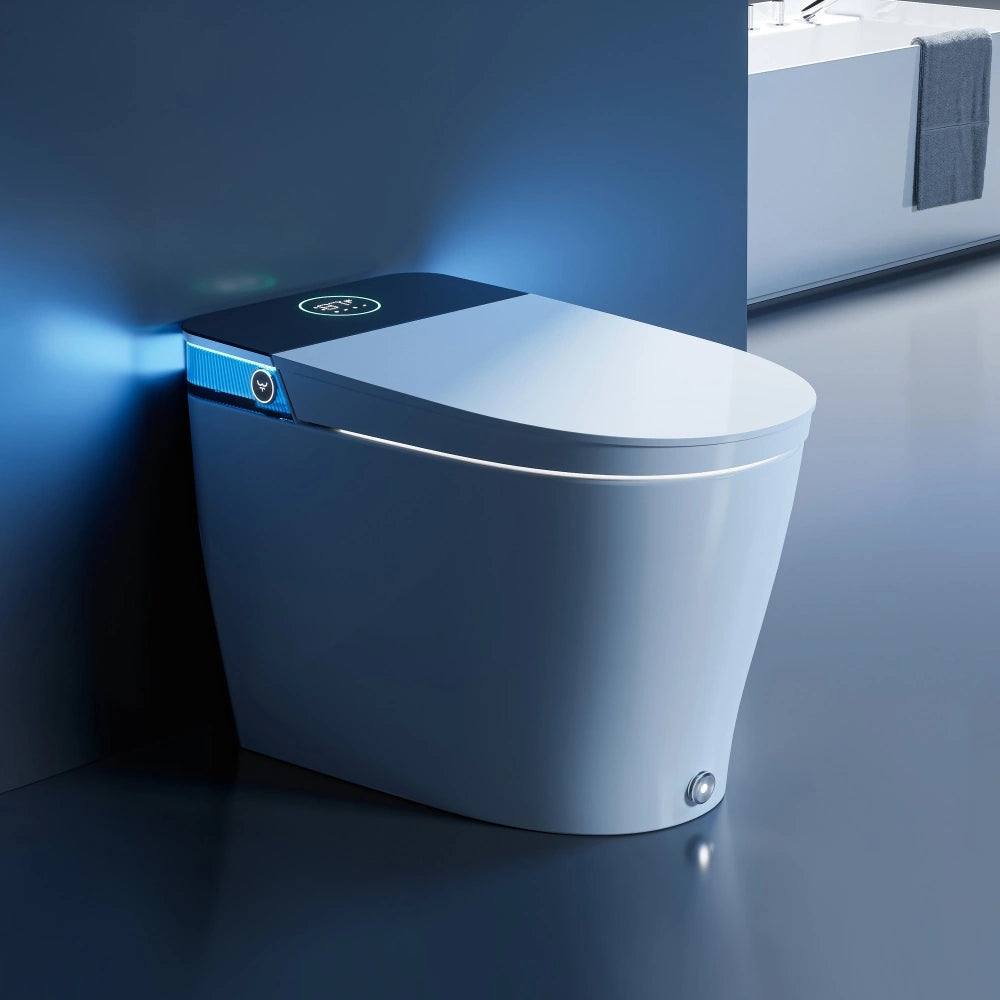
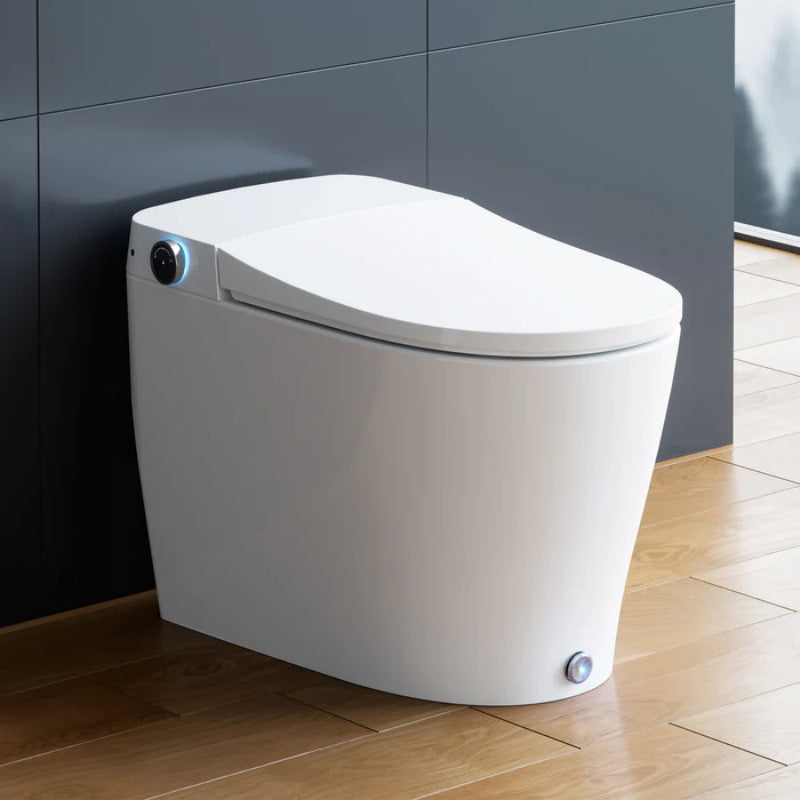
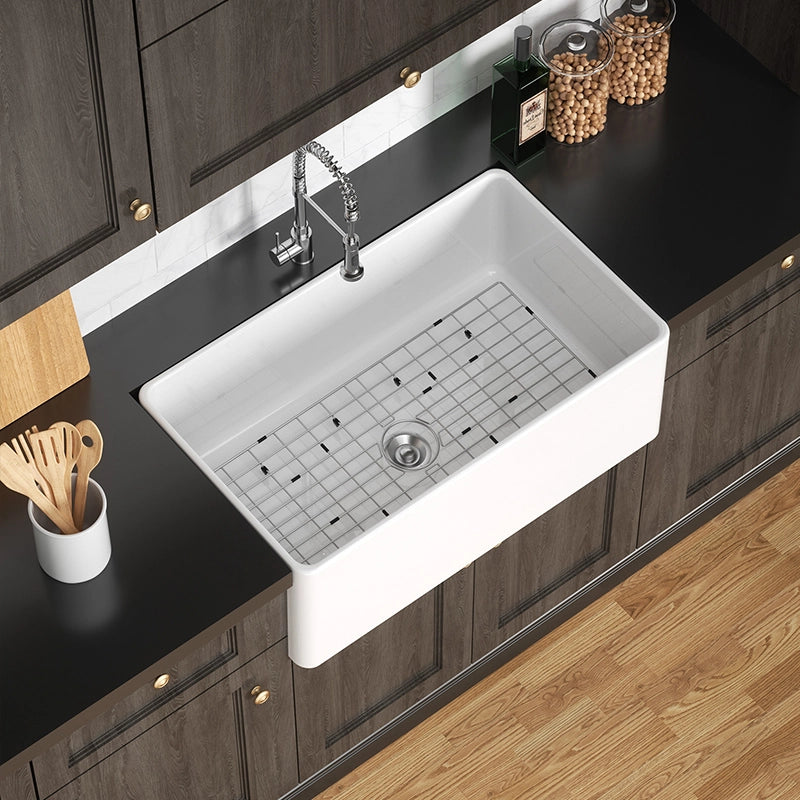
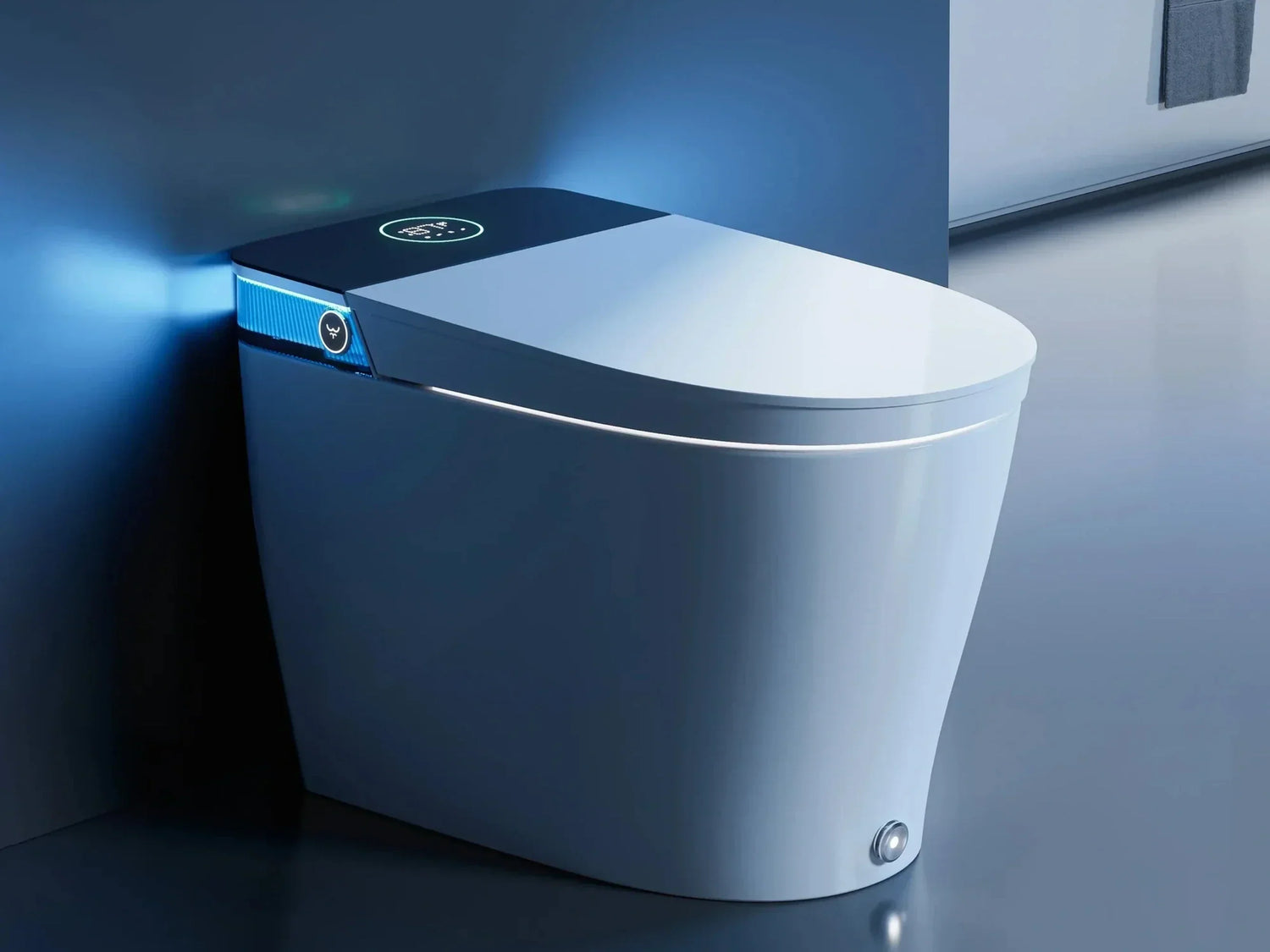
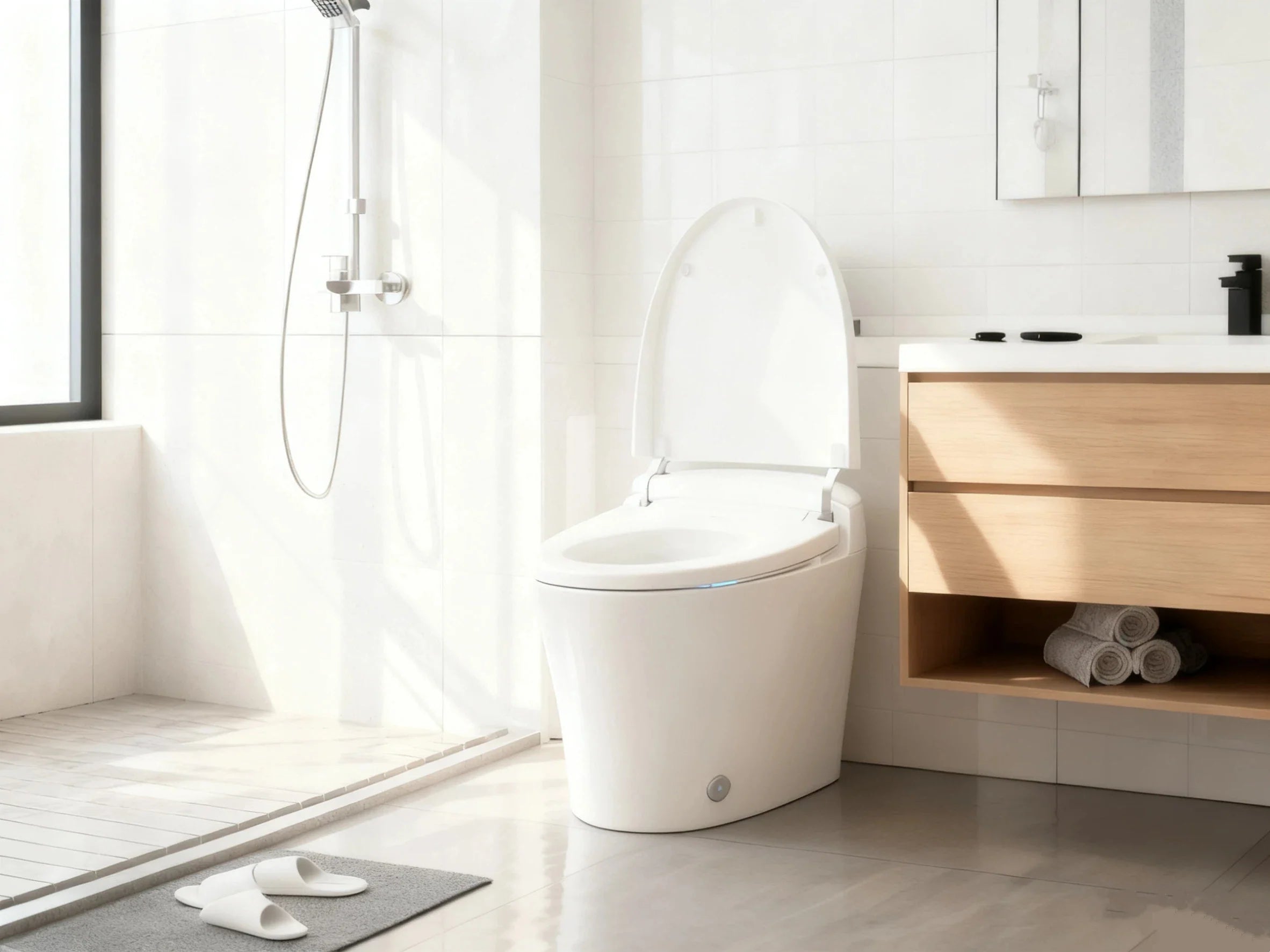
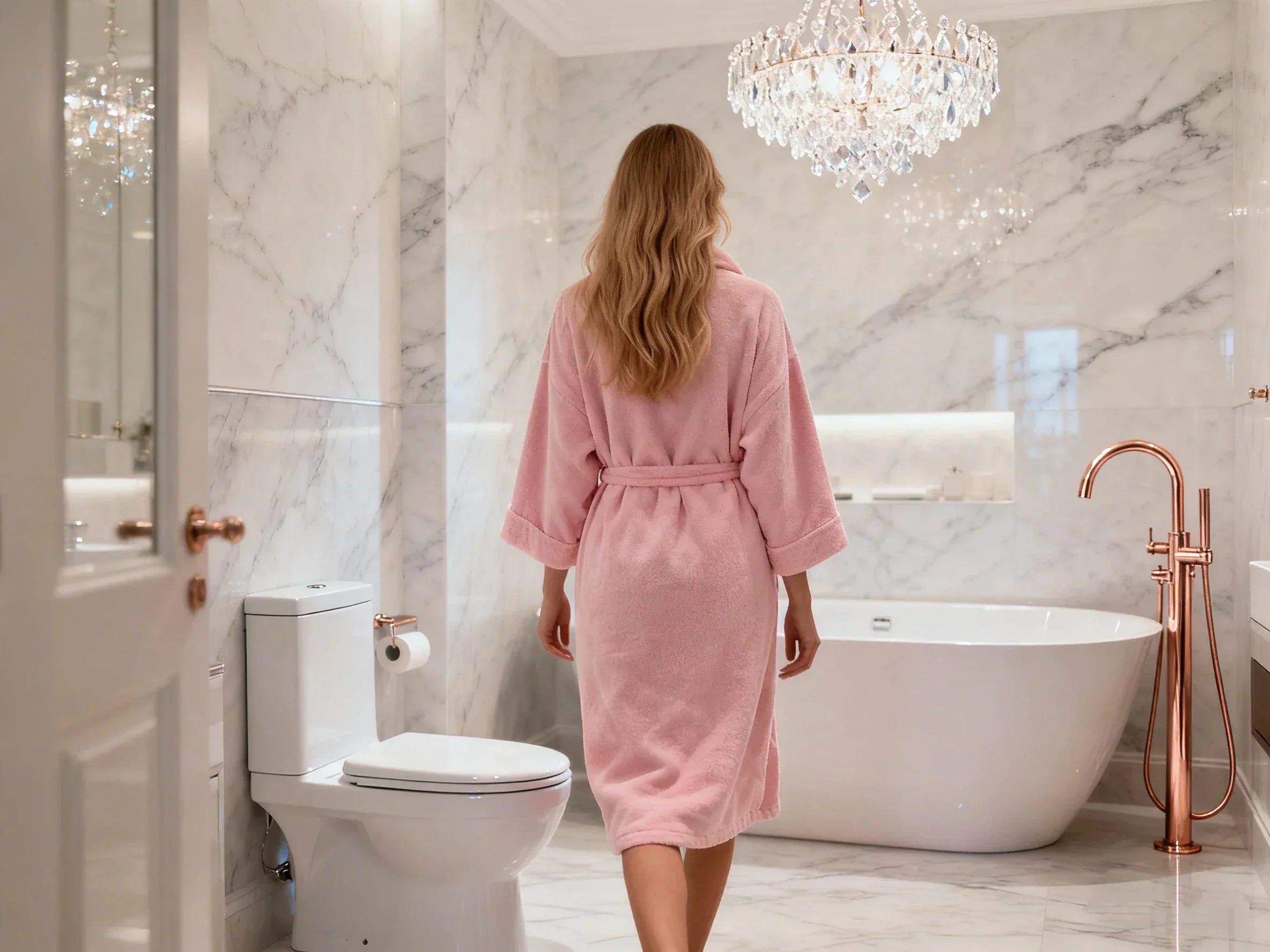

Leave a comment
This site is protected by hCaptcha and the hCaptcha Privacy Policy and Terms of Service apply.